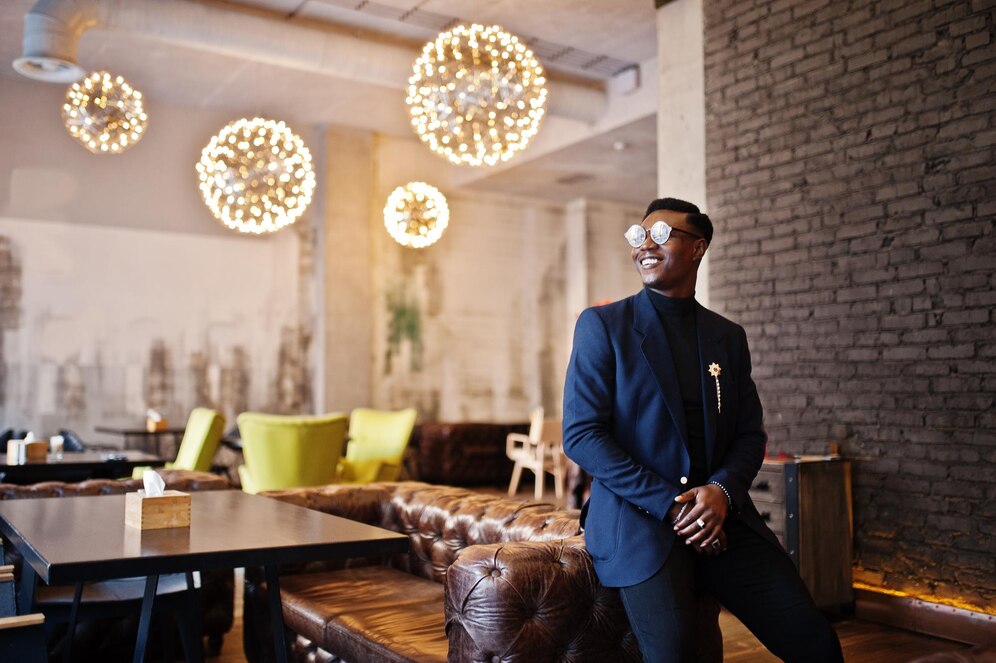The suit has long been a symbol of sophistication and professionalism, its transformation over the decades reflecting changes in societal norms, technology, and culture. Once strictly a staple of the boardroom, the modern suit has evolved to become versatile, adaptable, and an essential part of both formal and semi-formal wardrobes across the world.
Historically, the suit traces its origins back to the late 17th century, during the reign of King Charles II of England. The formal jacket and trousers ensemble gradually became the uniform of the elite and later the middle class, representing both wealth and status. By the 19th century, the modern three-piece suit, consisting of trousers, a jacket, and a waistcoat, took shape, popularized by figures like Beau Brummell. It was during this time that the suit became a marker of masculinity, authority, and respectability, tightly tied to the business world and high society.
Through the 20th century, the suit continued to evolve, adapting to the demands of modern life. In the early part of the century, businessmen donned wide lapels and broad-shouldered jackets, signifying power and dominance. By mid-century, tailoring became more streamlined, reflecting the changing social landscape. The 1950s brought a wave of elegance with slimmer cuts, while the 1970s saw the rise of bell-bottom trousers and colorful, bold patterns, reflecting the era’s flair for freedom and expression.
But the most significant shift came toward the end of the 20th century and into the 21st century, as the suit began to transcend its traditional roles. The corporate world, once dominated by dark, somber suits, now sees a variety of colors, cuts, and materials gracing the boardrooms. The rise of tech industries, creative fields, and entrepreneurial ventures brought with it a shift toward casual chic and business-casual attire, allowing for more relaxed approaches to suit wearing. Yet, despite these more laid-back trends, the suit retained its stature, evolving into a symbol of personal style as well as professionalism.
Simultaneously, the suit’s appeal expanded beyond the office and onto the red carpet. Today, the suit is a versatile garment worn by individuals attending events ranging from weddings and galas to art exhibitions and even casual outings. Designers have embraced new fabrics, innovative cuts, and unique tailoring techniques to create suits that are as much about personal expression as they are about tradition. The tuxedo, once reserved for the ballroom, now shares space with casual yet elegant suiting options, perfect for a dinner party or an evening out.
Fashion-forward brands have also embraced a more sustainable approach to suit production, using eco-friendly materials and ethical manufacturing practices to meet the demands of modern consumers. This commitment to sustainability in fashion is yet another way in which the suit continues to evolve, reflecting the values of today’s society. The notion of a “timeless” suit has given way to a more contemporary interpretation that blends traditional craftsmanship with cutting-edge innovation.
In conclusion, the contemporary suit is no longer confined to any one space. It has evolved from a symbol of wealth and authority to a versatile wardrobe essential that reflects both personal style and a modern lifestyle. Whether worn in the boardroom, at a wedding, or at a cocktail party, the suit remains a classic, adaptable, and powerful piece of fashion history.

